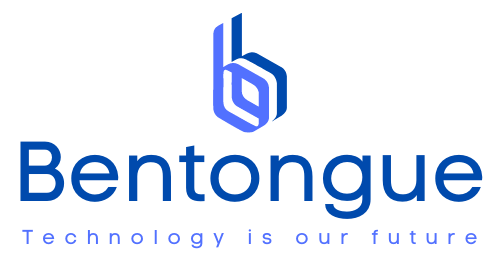When planning for a CRM system investment, management teams must look beyond the initial price tag to grasp the full financial commitment. The Total Cost of Ownership (TCO) encompasses all expenses related to acquiring, implementing, and maintaining a CRM solution throughout its lifecycle, providing crucial insights for financial planning and vendor selection.
Defining Total Cost of Ownership in CRM Contexts
Total Cost of Ownership represents the complete financial picture of a CRM system investment from acquisition to retirement. Unlike simple purchase price comparisons, TCO analysis reveals the true long-term financial commitment by examining both obvious and less apparent costs across the entire system lifecycle.
Direct cost components of crm implementations
The most visible expenses in CRM deployment include software licensing fees, which typically constitute 30-38% of first-year costs. These vary between SaaS models (charged per user monthly/yearly) and perpetual licenses for on-premises solutions. Hardware requirements represent 8-18% of initial costs, varying significantly between cloud-based and on-premises deployments. Implementation services make up a substantial 34-47% of first-year expenses, covering system setup, data migration, and customization. Many businesses underestimate these costs, which you can learn more on https://puntolog.com/ where detailed breakdowns help organizations prepare realistic budgets for implementation phases.
Hidden expenses beyond software purchase price
Many organizations fail to account for significant indirect costs that emerge after implementation. Maintenance and support typically account for 7-10% of first-year costs but grow over time. Integration expenses arise when connecting CRM systems with existing business applications, often requiring specialized connectors or API development. Training represents a crucial investment for successful adoption, with options ranging from vendor-led sessions to self-paced learning platforms like SugarUniversity. Productivity losses during transition periods constitute real opportunity costs, as studies indicate up to 75% of complex CRM deployments fail to meet expectations due to adoption challenges and implementation delays.
Strategic financial analysis for crm selection
Total Cost of Ownership (TCO) represents a comprehensive financial framework for evaluating CRM system investments beyond initial purchase prices. For management teams planning CRM implementations, understanding TCO provides crucial insights into both direct costs (software, hardware) and indirect costs (training, support, customization, maintenance) throughout the system's lifecycle.
Research indicates that initial CRM costs typically account for only 60% of overall project costs in the first year, with up to 90% of lifecycle costs stemming from customization, integration, deployment, and administration. Software costs generally represent 30-38% of first-year expenses, while service costs make up 34-47%, maintenance and support 7-10%, and hardware 8-18%.
SugarCRM users can potentially lower TCO by up to 32% compared to alternatives like Salesforce, according to Nucleus Research. This cost advantage stems from transparent pricing, flexible deployment options, and the absence of API usage fees that many competitors charge.
Long-term roi calculation methods
Calculating ROI for CRM investments requires examining costs and benefits across the entire system lifecycle. Management teams should analyze both SaaS and on-premises deployment models based on their specific business needs.
SaaS CRM solutions offer lower upfront costs and automatic updates but may lead to escalating expenses with added users or extended subscriptions. On-premises options provide greater data control at the cost of higher initial investment and maintenance expenses, plus limited scalability.
When calculating long-term ROI, factor in both visible costs (licensing, implementation, integration, training) and hidden expenses (downtime, productivity losses during transition, data migration, change management, compliance). For B2B enterprises specifically, the calculation should account for industry-specific factors like complex sales cycles and relationship management needs.
Transparent communication about costs is vital – 84% of clients consider transparency a key element when evaluating service providers. Management teams should develop multi-year cost projections that account for growth scenarios, feature expansions, and changing business requirements.
Budget planning across crm lifecycle phases
Effective budget planning requires allocation across distinct CRM lifecycle phases. During the selection phase, allocate resources for needs assessment, vendor evaluation, and contract negotiation. The implementation phase budget should cover setup fees, customizations, consultant fees, data migration, and integration costs.
Training represents a critical budget category – options range from in-house sessions to vendor-led training programs like SugarUniversity, which offers self-paced learning. Support and maintenance budgets must address vendor support, system upkeep (especially for on-premises deployments), and internal user assistance.
Strategic budget planning should incorporate scalability costs as user numbers increase or functionality expands. Management teams can minimize TCO by selecting the right vendor, negotiating favorable contracts, prioritizing training, leveraging standard features before custom development, monitoring system usage, and planning for growth.
Organizations must also budget for regular evaluation of CRM performance against business objectives, ensuring the system continues delivering value throughout its lifecycle. By understanding and planning for all cost components, management teams can make more informed decisions about CRM investments that align with both current needs and future business growth.







